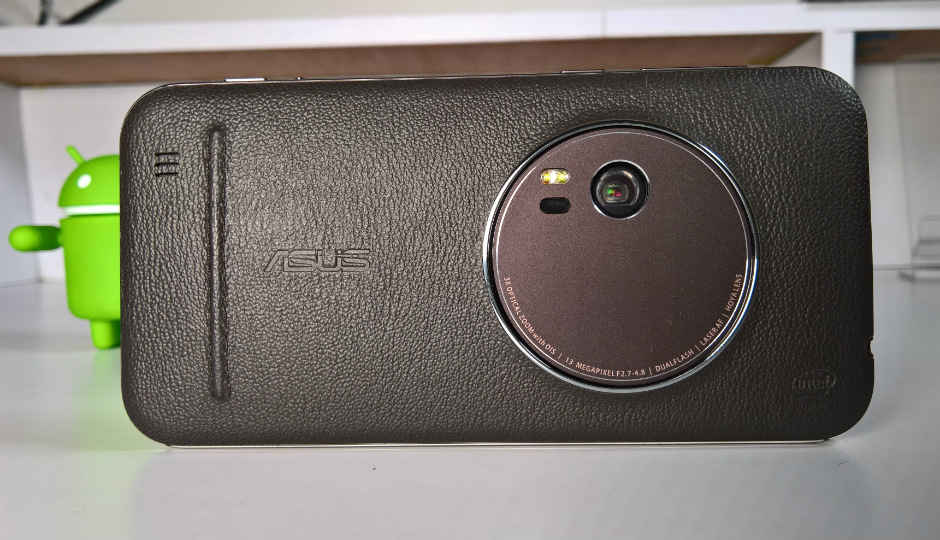Asus Zenfone Zoom camera: First impression and samples

The Asus Zenfone Zoom is reminiscent of the Samsung Galaxy S4 Zoom, packing in a massive round housing on the rear for the Panasonic-powered sensor. Upon initial impressions, does it fare well?
The first thing that will strike about the Asus Zenfone Zoom is its multiple camera modes. Laid out in a format that reminds you of Sony’s Xperia camera app, the Asus Zoom is largely focussed on enhancing your smartphone camera experience. While a direct comparison is on the cards, we decided to take the Zenfone Zoom out for a solo drive, and see how it fares as a device of its own right.
IMAGE SAMPLES
1. DAYLIGHT and EFFECT


(L-R) Normal and Depth of Field, Miniature effect
2. OUTDOOR CLOSE-UP

(Clockwise from top) Normal, HDR, Depth of Field, Super Res
3. LOW LIGHT
4. OUTDOOR (3.0X OPTICAL ZOOM)
5. STANDARD LIGHT SAMPLES


(L-R) Studio, Dusk, Daylight (Warm)
Upon initial impressions, the Asus Zenfone Zoom has a few neat optimisations that work towards giving it the potential of becoming one of the best smartphone cameras out there. While the Panasonic sensor residing inside the camera renders good image clarity in indoor studio and daylight conditions (check Section 5 for the image samples), images at dusk look dark and slightly oversaturated. The selling point of the Asus Zenfone Zoom is its optical zoom, which allows you to zoom in on a subject without losing on clarity of the image. Upon initial impressions, the images themselves (Section 4) seem slightly noisy and lack sharpness, although, like we see in the standard image samples, the Asus Zenfone Zoom does not perform at its best at dusk ambience.
Low light is a segment where the Asus Zenfone Zoom performs reasonably well, although, as has been the universal verdict, avoid the Low Light mode if you can (check image samples in Section 3). The Section 2 image samples show the same image clicked in four different modes — normal auto, HDR, Depth of Field and Super Res. The Super Resolution mode gives you double the image resolution of a standard image, at 8320×4680 pixels. Image clarity is stunning, and you can actually use the images shot in Super Res mode for semi-professional purposes. The Depth of Field mode marginally softens the background if you focus sharply on a close-up subject, although the difference between the standard images and the Depth of Field images is minimal.
TO SUM UP
The Asus Zenfone Zoom seems to have a promising camera module, and its finer detailing of images may hold the potential to make it a good replacement for the compact cameras. You can also shoot in Manual mode, where you have the control of Shutter Speed, ISO, White Balance and EV adjustment on your own hands. As of now, all seems good for the Asus Zenfone Zoom, although its dusk and low light performance are not the most satisfactory. Watch this space, for more detailed comparisons and analysis of the Asus Zenfone Zoom and its camera.
Watch Asus Zenfone Zoom First Impressions Video













